Locations
Where Are They Found?
Tafoni are widely distributed around the world (and the solar system!) in diverse climates such as: temperate, humid, hot and arid, and frigid and arid regions, as well as at a range of elevations from sea level to more than 2,200 meters above MSL (in South America). Tschang (1974) and Mustoe (1982) present excellent accounts of their worldwide occurrences.
Despite the diverse environmental and geographic settings in which tafoni exist, there is general convergence in the literature that temperate near-shore environments and arid deserts (frigid or hot) are the most favorable locations for tafoni development. Notable tafoni studies include:
-
•Temperate (Coastal) Areas: Italy (Penck, 1894, Martini, 1978); Greece (Kelletat, 1980, Hejl, 2005); Australia (Young, 1987); Hawaii (Palmer & Powers,1935); Hong Kong (Tschang, 1974); Spain (Mellor, Short, & Kirkby, 1997); the United States (Mustoe, 1982; Pestrong, 1990)
-
•Humid Areas: Northern Portugal, Elba, and Aruba (Goudie, 2003); Hong Kong (Tschang, 1974); the Midwestern United States (Sallman, 1996)
-
•Hot (Desert) Areas: the Mojave (Blackwelder, 1929); the Colorado Plateau (Mustoe, 1983); Australia (Bradley, Hutton, & Twidale, 1978; Dragovich, 1969; Winkler, 1979); the Sahara (Smith, 1978)
-
•Frigid (Desert) Areas: Antarctica (Andre & Hall, 2004; Calkin & Cailleux, 1962; French & Guglielmin, 2000; Matsouka, 1995; Prebble, 1967; Wellman and Wilson, 1965); Mars (Smith, 1983; Rodriguez-Navarro, 1998); Finland (Kejonen, Kielosto, & Lahtiand, 1988); the continental interior of Asia (Goudie, 2003)
-
•
See a World Map showing tafoni locations around the world.
Visit the Galleries to see tafoni pictures taken by people all over the world.
Mars. Of all the locations tafoni exist, Mars may be the most unforeseen. Tafoni-like features on Martian outcrops suggest that weathering could be active or may have been once active billions of years ago (Smith, 1983; Rodriguez-Navarro, 1998). Images taken by Pathfinder (below) probably provided some justification for visiting Mars in search of water. The photographs below depict honeycomb forms that may have formed long ago (~2 Ba) in the presence of moisture or perhaps these features represent holes vacated upon dislodgment of blueberry-like concretions or spherules.
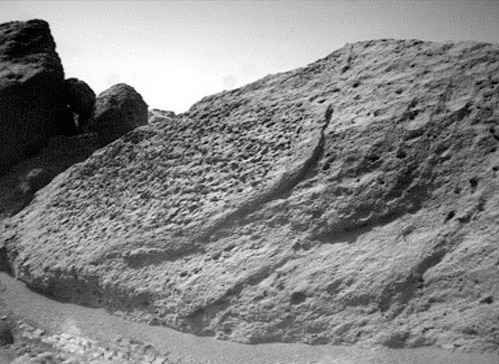
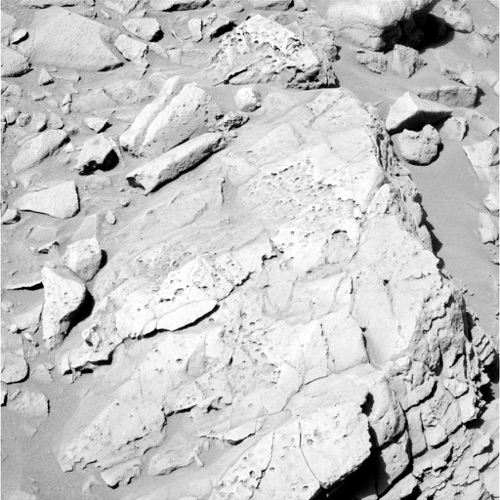
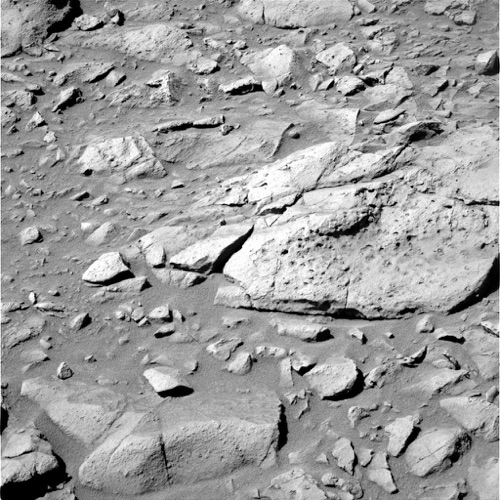
Three photographs from Mars made by the United States Geological Survey
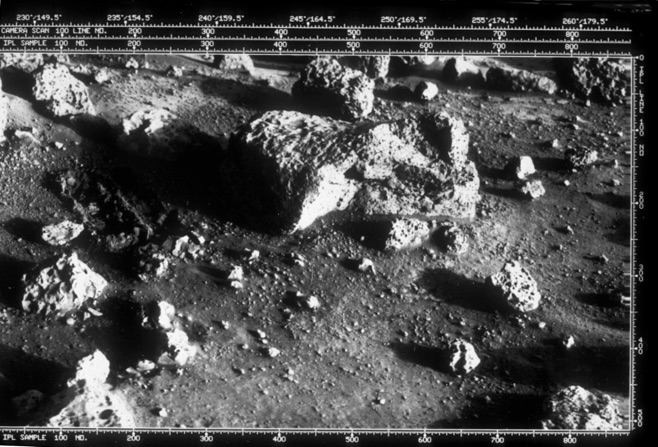
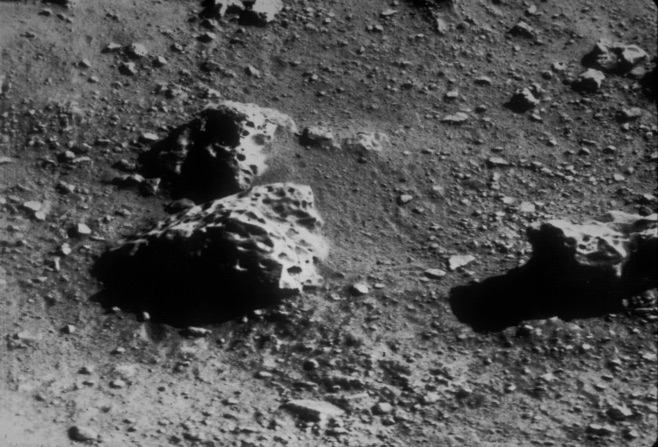
The two photos above were taken on Mars by the Viking Lander probes launched in 1975. They were provided by George Mustoe who received them in the early 1980s from Jim Garvin, who was in the Planetary Sciences graduate program at Brown University, trying to figure out if these Marian textures were honeycomb weathering for his dissertation project.